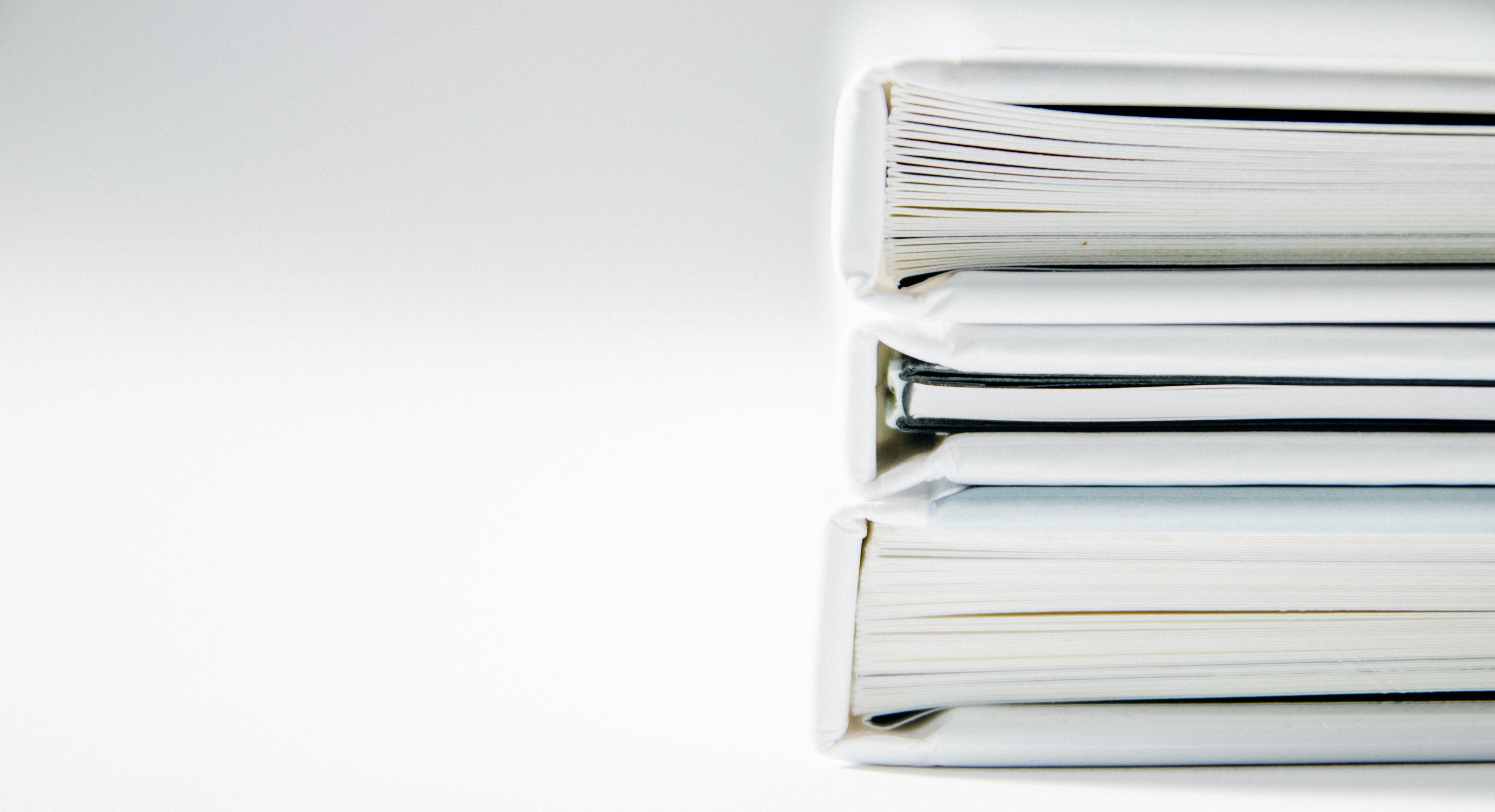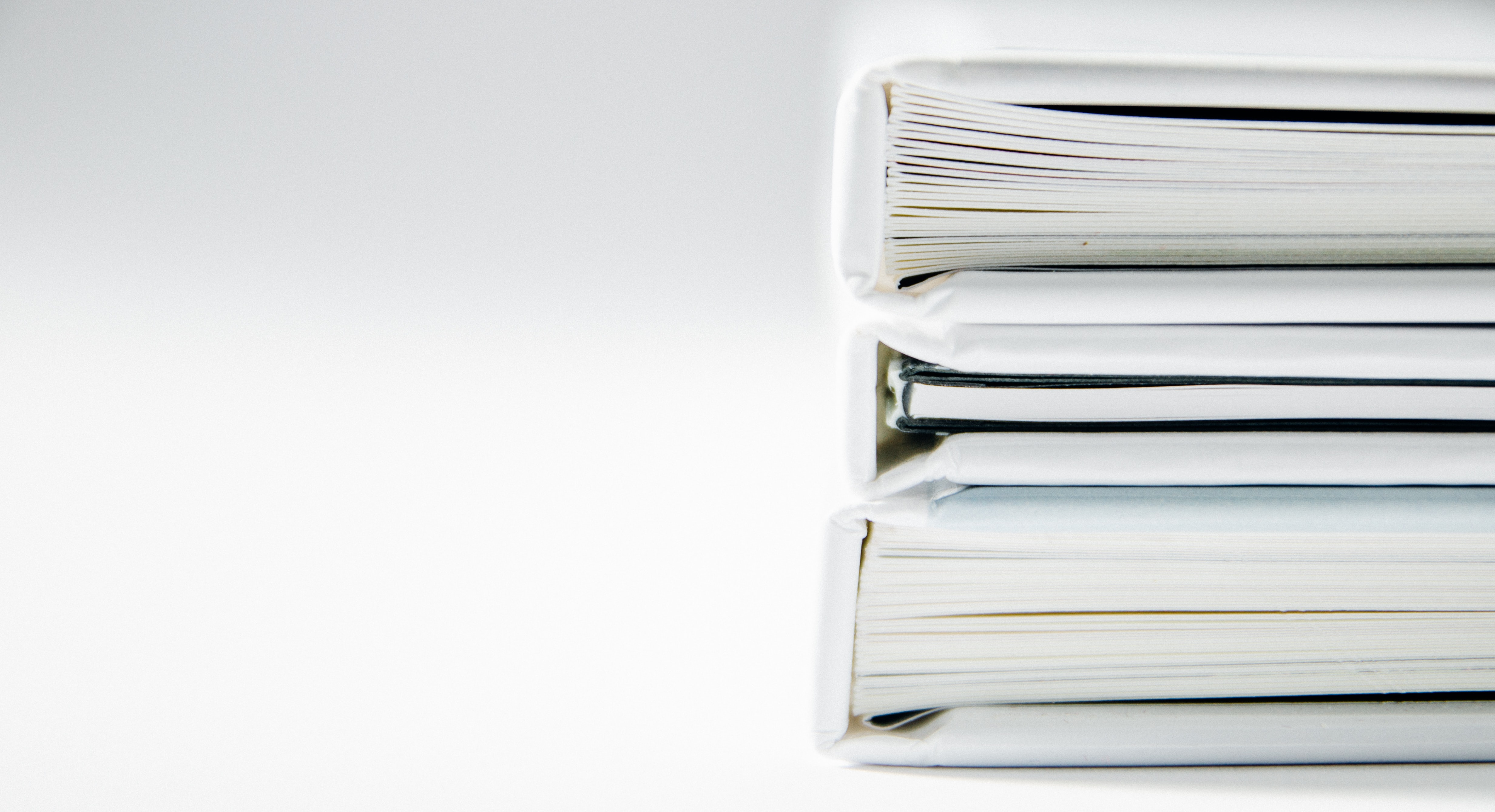
The TR19 is a standard developed back in 1988 that was defined by BESA, as a way to standardise duct and kitchen extract cleaning systems. In terms of standardisation, this relates to the insurance industry and building engineering service sector, and to which both use as benchmarks when it comes to carrying out ductwork cleaning operations.
Hang on a Minute. Could You Rewind Back to The TR19 and BESA Bit Again?
Of course. The 'TR19' refers to a legislative document that exists as an industry-wide standard for kitchen extraction cleaning. However it's also the non-qualification 'qualification' that individuals receive once they've successfully completed a training programme. Confused? Don't be. As it will all make sense in a paragraph or two.
Professionally-run commercial kitchens/premises should be cleaned to what's widely acknowledged in the business as 'TR19 standards'. Adherence to these stipulations ensures the risk of a kitchen fire taking place is dramatically reduced. Especially ones which emanate in a kitchen's duct ventilation system. Areas routinely located in commercial kitchen environs which could, potentially, pose a serious threat of combustion.
Why Would a Commercial Kitchen's Duct Ventilation System Cause a Fire?
We're digressing for a moment, yet for this simple reason. Grease, dust and other contaminants created as a by-product of cooking on a commercial scale are essentially combustible. And as such can both trigger and subsequently accelerate a fire.
Returning to the TR19 and BESA question though, and the former presents as a document. An essential guide to good practice, if you like. One which is owned and published by the latter; Building Engineering Services Association. Or yes; BESA if you're talking about acronyms. Which for its part is an association based here in the UK and established in 1904. Which in a previous guise was known as the Heating and Ventilating Contractors’ Association (HVCA).
And The TR19 Part Again?
Originally created in 1988, the latest revised version of TR19 - the second edition as such - was released in 2013. And once again was penned by the sector's leading experts on health and safety best practices and protocols. Specifically in the arena of duct and ventilation system monitoring, cleaning and replacing; with the emphasis placed on employee welfare and guarding against the possibility of fires. Pretty much continuing the good work it started some decades ago and went on to be defined and ratified soon after in the capacity of TR19 standards.
Which today is recognised as the go-to standard for performing ducts and kitchen extract system cleaning. One which insurance companies identify with. So much so that they only provide insurance policies to companies if they have a certificate of duct cleanliness that specifies that their ducts have been cleaned as per this standard.
In a sentence, the TR19 standard is a robust and far-reaching standard which highlights access mechanisms to ductworks, inspection mechanisms, cleaning processes and post-cleaning verification methods. Which we'll go on to describe in a little more detail later.
So Does That Mean Someone Who Cleans Ductworks and Ventilation Systems is TR19 Certified? Like a Plumber or Electrician, For Example?
No, not exactly. Individuals whose remit it is to clean ductwork is NOT TR19 certified or indeed, qualified. But what they are is fully aware of the legal framework that businesses which house commercial kitchens needs to stringently comply with. And that they're undergone the required training to educate them and afford them a broad awareness of how the procedures work. In addition to this, anyone TR19 trained is then in a favourable position to pass on their knowledge to others employed in commercial kitchen surrounds. So as to equip them with the necessary skills to clean ventilation systems in situ in thorough and timely ways which ultimately renders them safe, functional and fit for purpose.
Why is TR19 Governance Deemed So Important Then?
Because when everyone is au fait with the guidance and principles set out within its literature, then a commercial kitchen is a far safer place to be. Did you know that somewhere in the region of one quarter of accidental fires started in non-domestic properties in the UK can be traced back to cooking appliances? Yet the speed and extent of the damage caused is accelerated in many cases by the presence of what experts describe as the 'poorly maintained extraction systems and ductwork' found within the majority of commercial kitchens. Largely due to the build-up of grease deposits over a period of time which plays a vital role in the exacerbation of a fire in this contextual surround.
As a result of the circumstantial evidence and associated statistics, insurers now make it a condition of policy covers that building managers possess a planned maintenance strategy in place. Moreover, policy-providers will almost always insist on bearing witness to the cleaning regime that had been performed on ductwork following a fire, and before considering paying-out on policies.
What Does TR19 Cover Then?
Talking about 'covering' things (albeit away from the insurance sphere), what exactly does TR19 expand to cover? Below, we bullet point the key areas you need to understand from the outset:
Access Mechanisms - This includes points which address both the rudimentary accessibility to the ventilation system and/or ductwork's infrastructure at pivotal points (prominent access panels), together with determining if the ductwork is free from irregularities and not a breeding ground for grease and dust contaminants to accumulate and prosper. Simultaneously it's also imperative that the ductwork/ventilation assemblage is insulated, includes seals to prevent leaks and easy access catches to enable routine monitoring/cleaning.
Inspection Mechanisms - Regular inspection of ductwork must take place at timely intervals to ascertain that any contaminants don't have the window of opportunity required to multiply. A number of testing methods exist to determine system suitability then and there, including the 'Wet Film Thickness Test', or WFTT - for grease and other soft deposits - and 'Deposit Thickness
Test' or DTT - applied to harder, carbonised deposits. Inspections should be undertaken in regular intervals too, according to TR19 stipulations, never exceeding 12 months between. In addition to this, experts need to carry out periodic inspections both pre and post-ductwork cleaning, to establish whether the current cleaning interval remains sufficient, or if it requires revisions.
Contaminant measurements should be extracted at the following locations, as per TR19 guidelines;
• Canopy/extract plenum (behind filters)
• Duct - 1 meter from canopy
• Duct - 3 meters from canopy
• Duct - midway between canopy and fan
• Duct - upstream of fan
• Discharge duct - downstream of fan
Cleaning Processes - Another thing laid bare in the TR19 literature is the correct approach to cleaning processes and kitchen extraction equipment, as you might expect. Beneath we flag up the important protocols which should be acknowledged/set in stone when cleaning ductwork systems.
• Hand wiping - manually wiping the ductworks' surface area
• Hand scraping - manually scraping heavy deposits from all ductwork surfaces
• Chemicals - frequenting chemicals to loosen (or dissolve) tough deposits, thus making it possible to scrape it thereafter
• High-pressure water jetting - utilising high-pressure water (or vapour) lance so as to dislodge (or dissolve) accrued deposits
• Blasting - blasting contaminants from duct and component surfaces, with a view to be subsequently vacuumed
Note: When using chemicals or liquid cleaning practices, it's crucial to make sure that fluids and residues are removed from the system.
Meanwhile - and in terms of frequency of use with direct regards to a commercial kitchen - the TR19 compliance recommends the following cleaning intervals;
• Heavy use - between 12 - 16 hours per day = 3 months on average
• Moderate use - between 6 - 12 hours per day = 6 months on average
• Light use - between 2 - 6 hours per day = 12 months on average
Post-cleaning Verification Methods - The eyes have it. Meaning, that there's no better barometer of cleanliness than visually. Therefore, unsurprisingly, cleanliness of a ductwork/extraction system is recognised as the predominant method of assessing the overall job. Surfaces MUST be clean, along with considered fit for the purpose re: cleanliness standards. In accordance with the aforementioned, additional verification can be adjudged by way of either WFTT and DTT functionality, while in the immediate aftermath of an inspection a 'post-cleaning verification report' must always comprise of the details cited below:
• Systems cleaned
• Pre-clean measurements (re: contaminant presence)
• Post-clean measurements
• Photographic records
• Any aadditional works performed
• COSHH data on any chemicals used
• Recommendations for future cleaning requirements
• Observations on the general/overall condition of ductwork system
• Sketch (or schematic) of the system, highlighting access panel, testing locations and any uncleaned areas. Complete with a written explanation as to why the area could not be accessed/cleaned.
Photo by Beatriz Pérez Moya on Unsplash






